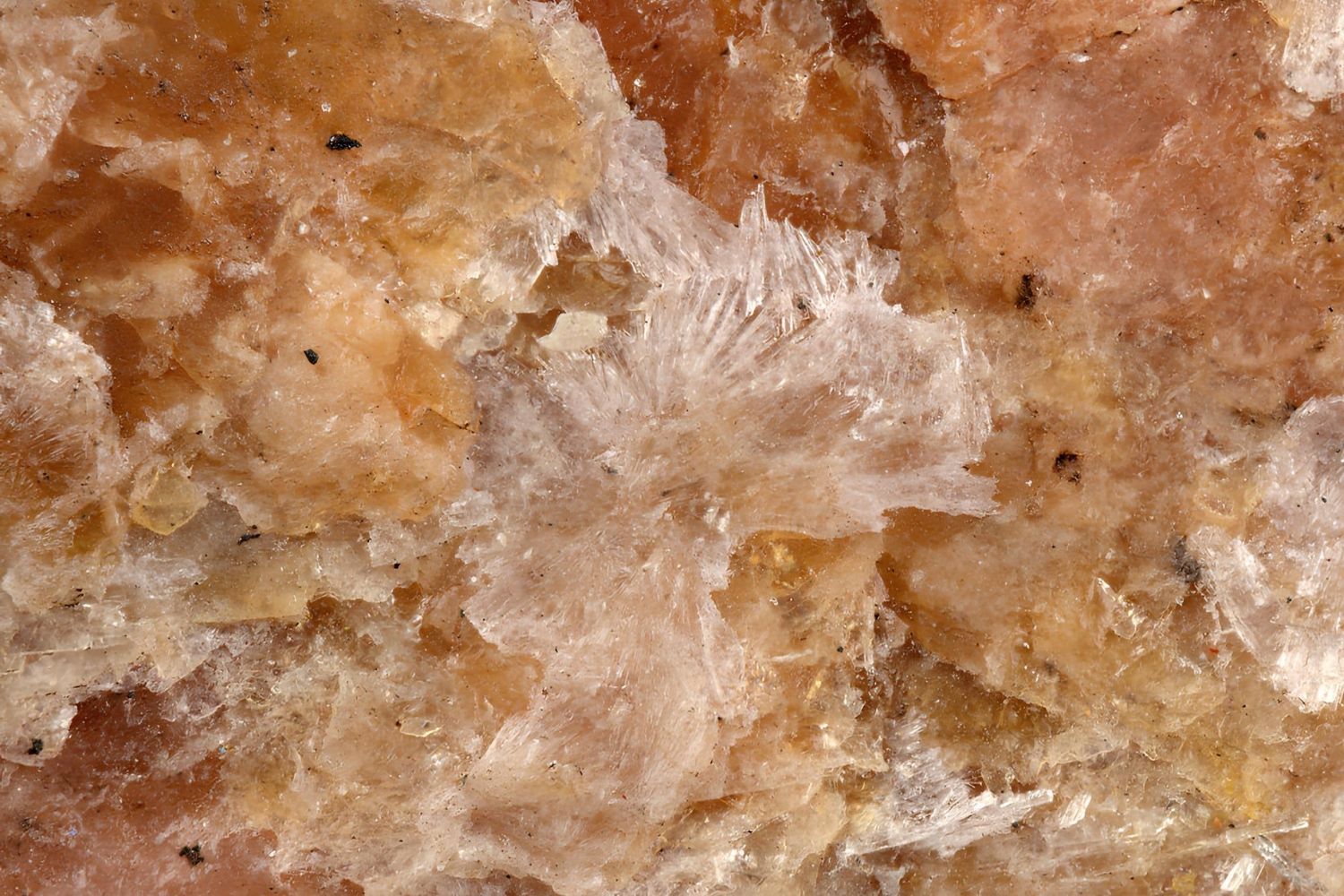
Geigerite is a rare mineral that intrigues both scientists and collectors. Found primarily in the Tsumeb Mine in Namibia, this mineral boasts a unique chemical composition and striking appearance. Geigerite typically forms in small, prismatic crystals that can range from colorless to pale yellow. Its rarity and distinct characteristics make it a sought-after specimen in the world of mineralogy. But what exactly makes Geigerite so special? From its discovery to its unique properties, there are many fascinating aspects to explore. Let's dive into 30 captivating facts about this extraordinary mineral that will leave you amazed.
Key Takeaways:
- Geigerite is a rare mineral named after physicist Hans Geiger. It glows green under UV light and is prized by collectors for its unique properties and limited availability.
- Geigerite has been found in Namibia, Mexico, and Greece. It is used in education, photography, and research, and is safe to handle with proper precautions.
What is Geigerite?
Geigerite is a rare mineral that has fascinated scientists and collectors alike. Its unique properties and limited availability make it a subject of interest. Let's dive into some intriguing facts about this mineral.
- Geigerite is named after Hans Geiger, the physicist known for inventing the Geiger counter.
- It was first discovered in the Tsumeb Mine in Namibia, a location famous for its mineral diversity.
- Geigerite belongs to the arsenate mineral group, which includes minerals containing arsenic.
- Its chemical formula is Mn5(AsO3OH)2(AsO4)2·10H2O, indicating it contains manganese, arsenic, oxygen, and water.
- The mineral typically forms in oxidized zones of arsenic-rich hydrothermal deposits.
- Geigerite crystals are usually small, often less than a few millimeters in size.
- It has a monoclinic crystal system, meaning its crystal lattice is shaped like a skewed rectangle.
- The color of Geigerite ranges from pale yellow to orange-brown.
- It has a vitreous to silky luster, giving it a shiny appearance.
- Geigerite has a Mohs hardness of 3, making it relatively soft and easy to scratch.
Where Can You Find Geigerite?
Geigerite is not just found anywhere. Its rarity makes it a prized find for mineral collectors. Here are some places where Geigerite has been discovered.
- Besides Namibia, Geigerite has been found in the Ojuela Mine in Mexico.
- Small quantities have also been reported in the United States, specifically in Arizona.
- In Europe, Geigerite has been discovered in the Lavrion District of Greece.
- The mineral is often found in association with other arsenate minerals like adamite and scorodite.
- Collectors often seek Geigerite specimens from these locations due to their high quality.
Unique Properties of Geigerite
Geigerite isn't just another mineral. Its unique properties set it apart from others in its group.
- Geigerite is fluorescent under ultraviolet light, glowing a bright green.
- It is soluble in acids, which means it can dissolve when exposed to acidic solutions.
- The mineral has a specific gravity of 3.2, making it denser than many common minerals.
- Geigerite often forms in botryoidal habits, resembling a bunch of grapes.
- It can also appear in fibrous or radial aggregates, adding to its visual appeal.
Uses and Applications of Geigerite
While Geigerite is primarily a collector's item, it has some interesting applications and uses.
- Due to its rarity, Geigerite is highly valued by mineral collectors.
- It is often used in educational settings to teach about arsenate minerals.
- Some museums display Geigerite specimens to showcase the diversity of mineral formations.
- Geigerite's fluorescence makes it a popular subject for mineral photography.
- Researchers study Geigerite to understand the geochemical processes that form arsenate minerals.
Fun Facts About Geigerite
Let's wrap up with some fun and lesser-known facts about Geigerite.
- Geigerite is often mistaken for other yellow arsenate minerals like mimetite.
- The largest Geigerite crystal ever found was just over 1 centimeter in length.
- It is considered a secondary mineral, forming as a result of the alteration of primary minerals.
- Geigerite is sometimes found in old mine dumps, where it forms from the oxidation of arsenic-rich ores.
- Despite its toxicity, Geigerite is safe to handle with proper precautions, such as wearing gloves and washing hands after handling.
Geigerite: A Fascinating Mineral
Geigerite, a rare mineral, holds a unique place in the world of geology. Its distinctive properties and uncommon occurrence make it a subject of interest for both scientists and collectors. Found primarily in hydrothermal veins, this mineral's chemical composition includes elements like arsenic and sulfur, contributing to its unusual characteristics.
Understanding geigerite not only enriches our knowledge of mineralogy but also highlights the diverse processes that shape our planet. Its formation and discovery offer insights into the geological history of the regions where it's found. For enthusiasts and professionals alike, geigerite serves as a reminder of the complex beauty hidden within the Earth's crust.
Next time you come across a mineral collection, keep an eye out for geigerite. Its unique features and rarity make it a true gem in the world of minerals.
Frequently Asked Questions
Was this page helpful?
Our commitment to delivering trustworthy and engaging content is at the heart of what we do. Each fact on our site is contributed by real users like you, bringing a wealth of diverse insights and information. To ensure the highest standards of accuracy and reliability, our dedicated editors meticulously review each submission. This process guarantees that the facts we share are not only fascinating but also credible. Trust in our commitment to quality and authenticity as you explore and learn with us.
